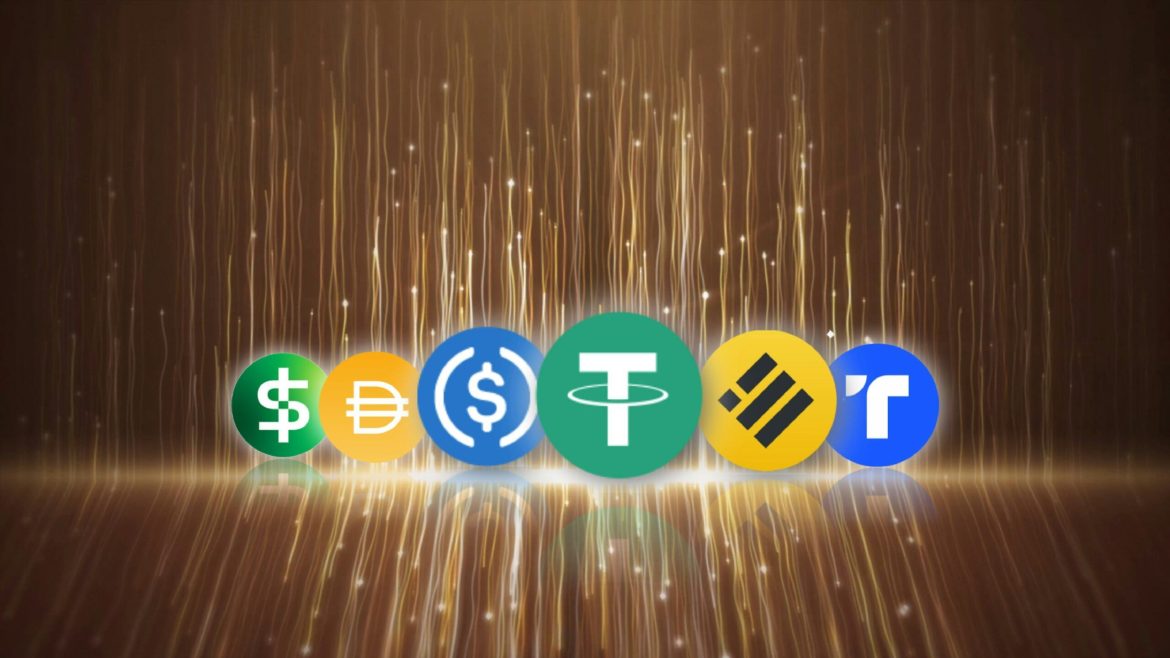The crypto world has been burned by meme coin hype cycles — flashy launches, sky-high surges, and inevitable crashes.
Against this backdrop, USD1, the stablecoin launched by World Liberty Financial, a decentralised finance venture backed by President Donald Trump and his family, is set to enter an increasingly crowded market.
This has led experts to question whether a high-profile stablecoin can offer a more reliable alternative to those sceptical of crypto as an asset class as well as restore faith in the stablecoin market, a market that is vital to the success of the cryptocurrency industry— or if it’s destined to become just another risky play.
In an emailed interview with Invezz, Steven Pu, Co-Founder of Taraxa, a layer-1 blockchain platform, notes that USD1’s success in restoring trust hinges on transparent operations, regular audits, and strict adherence to regulatory standards — a far greater undertaking than launching a typical meme coin.
“The power that USD1 holds over American society makes it a unique and powerful tool in the cryptocurrency space, but with that power comes heightened responsibility. Failing to meet expectations would have repercussions far beyond typical market disappointments, impacting investor confidence and public perception at a much larger scale,” he says.
Excerpts:
On the potential of USD1 to boost confidence in the stablecoin market
Invezz: The cryptocurrency market has experienced significant trust issues due to the volatility of meme coins. In this context, how do you view the potential for USD1 stablecoin to restore that lost trust?
The introduction of USD1, a stablecoin reportedly backed by short-term US government treasuries, US dollar deposits, and other cash equivalents, aims to provide a stable digital asset.
However, this is not new – many stablecoins are backed in this manner.
Rather than being an innovation, it is a requirement to gain user’s trust – particularly after the spectacular fall of algorithmic stablecoins with the Luna Terra Scandal.
Such backing can offer users confidence in the coin’s value stability, potentially restoring trust among investors seeking less volatile options.
However, the effectiveness of USD1 in restoring trust will depend on transparent operations, regular audits, and adherence to regulatory standards, which is a much larger operation than a memecoin launch.
Invezz: Do you believe the public’s perception of celebrity-backed tokens has been permanently damaged by recent meme coin failures?
The association of cryptocurrencies with celebrities has been a double-edged sword.
While celebrity endorsements can bring significant attention, recent failures of meme coins tied to public figures have led to skepticism.
Let us not forget the Katy Perry NFT collection foreshadowing the cycle top.
The public’s perception of celebrity-backed tokens has been impacted, making investors more cautious.
For USD1, despite its backing, the involvement of high-profile individuals means it must work diligently to establish credibility beyond the celebrity association.
Celebrities bring attention, but experts generate trust.
What features must the USD1 have to establish credibility?
Invezz: What specific features or implementations would be crucial for USD1 to establish credibility and gain market adoption?
For USD1 to gain market adoption and establish credibility, several key features are essential.
First, transparency is critical, with clear disclosure of reserve holdings and regular third-party audits to verify the backing assets.
Regulatory compliance is also a must, requiring adherence to financial regulations and the acquisition of necessary licenses to operate legally.
In addition, security is paramount, with robust measures in place to protect against hacks and safeguard users’ assets.
Liquidity must also be ensured to facilitate seamless transactions and redemptions, while a sound governance structure, led by experienced financial and technological professionals, is necessary to build trust and credibility in the long term.
Government backing of USD1- a double-edged sword
Invezz: What are the biggest potential pitfalls that USD1 should avoid to maintain public trust?
To maintain public trust, USD1 must be cautious of several potential pitfalls.
Lack of transparency is a significant risk; failing to provide clear information about reserves and operations could erode trust, especially when users may question why they should opt for USD1 over the already digital and widely trusted USD.
Regulatory non-compliance is another concern. Operating without the proper regulatory approvals could lead to legal challenges and a loss of credibility.
Given USD1’s government-backed nature, any deviation from regulatory perfection could foster a sense of hypocrisy and undermine faith in the institutions behind it.
Additionally, poor risk management could create instability. Inadequate measures to address market, operational, and technological risks would only invite comparisons to past failures like FTX.
Lastly, over-promising can severely damage reputation.
The power that USD1 holds over American society makes it a unique and powerful tool in the cryptocurrency space, but with that power comes heightened responsibility.
Failing to meet expectations would have repercussions far beyond typical market disappointments, impacting investor confidence and public perception at a much larger scale.
Could USD1 become a mainstream product or will it remain a niche offering?
Invezz: In your opinion, what factors will determine whether USD1 becomes a mainstream stablecoin or a niche product?
Several factors will determine whether USD1 becomes a mainstream stablecoin or remains a niche product.
Market demand plays a critical role, particularly the extent to which there is demand for another stablecoin in an already crowded market.
Another key factor is its competitive advantage; given the limited available information, it’s challenging to identify what unique benefits USD1 offers beyond the influence of the institutions behind it.
The regulatory environment will also significantly impact its success, with the ability to navigate and comply with evolving regulations across various jurisdictions being essential.
Additionally, partnerships and integrations with financial institutions, exchanges, and payment platforms will be crucial to enhancing usability and ensuring wider adoption.
Lastly, user trust and adoption are pivotal, as building a strong user base through reliable performance and positive experiences will be essential for long-term success.
The post Interview: Can USD1 stablecoin solve the crypto trust problem? Taraxa co-founder Steven Pu weighs in appeared first on Invezz

